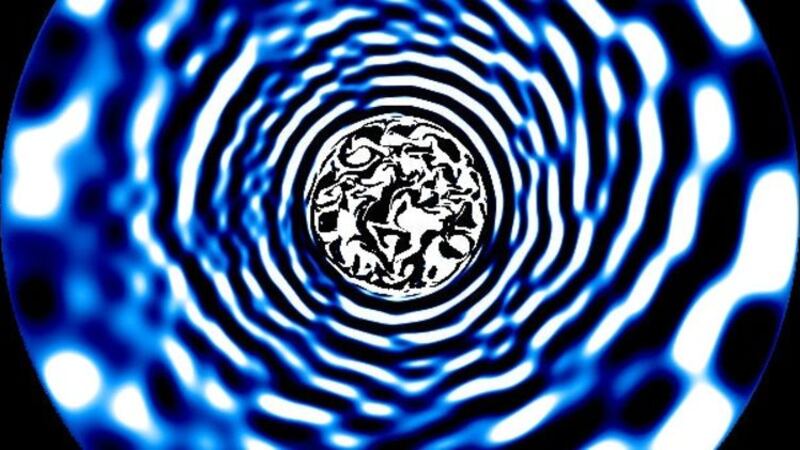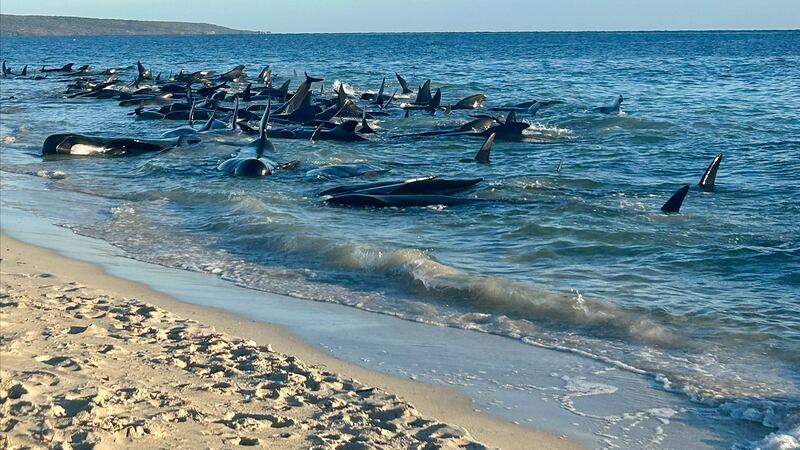Scientists have used space telescopes to explain one of the mysteries of blue supergiants – massive stars that, like rock and rollers, live fast and die young.
Their relatively short lifespans before they explode into supernovae have made blue supergiants difficult to study, but experts have now been able to observe the waves that ripple through them.
Astrophysicist Dr Tamara Rogers, from Newcastle University, has led a team for five years, creating simulations of the stars to determine what it is that gives their surface its appearance.
Modelling the interior of stars, the team predicted that gravity waves, like those we see in the ocean, could break at the surface of stars.
They also predicted the emergence of a second type of wave, similar to the seismic waves on Earth, which are generated from deep within the star.
Now, using data collected by the Nasa space telescope, an international team of experts led by KU Leuven in Belgium have discovered that almost all of these elusive blue giants do in fact shimmer and ripple in brightness due to the presence of waves on the surface.
As predicted, the waves originate in the stars’ deep interior and provide prospects for studying the supergiants using asteroseismology, similar to the study of earthquakes on Earth.
Publishing their findings in Nature Astronomy, the authors say that from observations of these waves, they can study properties of the stars that would be unobtainable from other astronomical techniques.
Co-author Dr Rogers said: “Throughout the universe, stars come in different shapes, sizes and colours.
“Some stars are like our Sun and live calmly for billions of years.
“But massive stars live significantly shorter and more active lives before they explode in what is called a supernova and expel their material into space.
“In line with our predictions, these latest observations have confirmed two types of wave which give us different information about the star.
“Those which break at the surface, similar to the waves breaking on the beach, and the standing wave that just keeps on going and is similar to the seismic waves on Earth.
“From these we can start to understand how the star is moving and rotating and the physics and chemistry of what is going on inside the deep interior, including the stellar core.
“Although we predicted these wave patterns, until now it was just that – a simulation of what might be going on.
“To actually see it and prove it is really quite an incredible moment for us.”
Lead author Dr Dominic Bowman, from KU Leuven Institute of Astronomy, said: “We are now entering a golden age of asteroseismology of hot massive stars thanks to modern space telescopes.
“The discovery of these waves in blue supergiants allows us to study the progenitors of supernovae from a novel perspective.”








